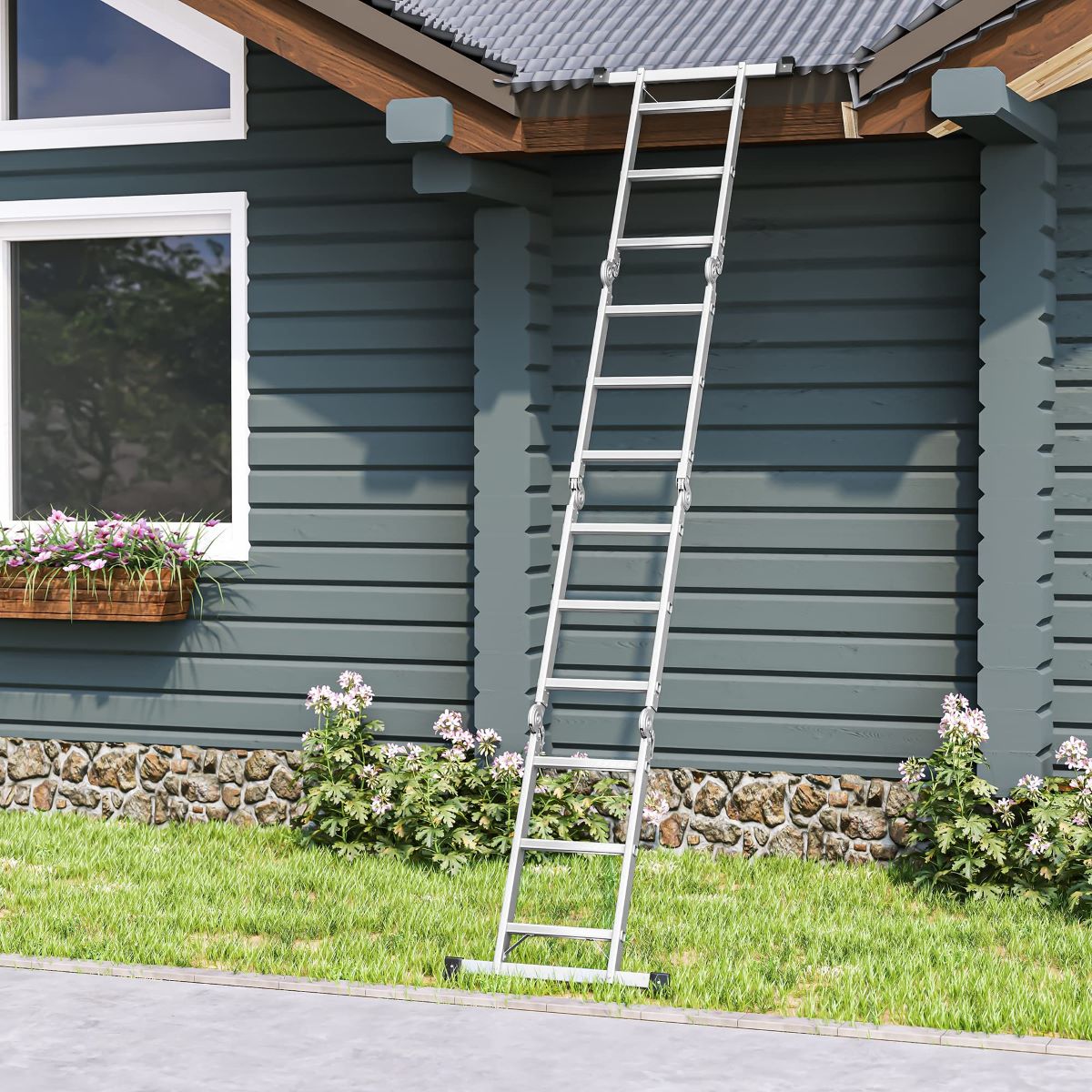

Articles
How To Lean Ladder Against House
Modified: October 18, 2024
Learn the proper technique for leaning a ladder against your house in this helpful articles. Keep your home safe during your next DIY project!
(Many of the links in this article redirect to a specific reviewed product. Your purchase of these products through affiliate links helps to generate commission for Storables.com, at no extra cost. Learn more)
Introduction
Welcome to our guide on how to lean a ladder against a house. Whether you’re a DIY enthusiast or a professional contractor, understanding the proper technique for leaning a ladder against a house is essential for your safety and the integrity of the structure. Knowing the steps to take, along with some important tips, will ensure that you can confidently and securely use a ladder to perform various tasks around your house or on your job site.
Leaning a ladder against a house may seem straightforward, but there are important considerations to keep in mind. These include assessing the ground, choosing the right ladder, finding the ideal placement, securing the ladder, climbing and descending safely, and performing tasks while on the ladder. By following these steps and adhering to safety guidelines, you can ensure a stable and secure ladder setup each time.
In this article, we will guide you through each step in detail and provide helpful tips to make your ladder setup and usage as safe and efficient as possible. Let’s get started!
Key Takeaways:
- Prioritize safety by assessing ground, choosing right ladder, securing placement, and checking stability when leaning a ladder against a house. Follow proper climbing and descending techniques for safe usage.
- Store ladder properly after use to maintain condition and ensure safety for future tasks. Clean, inspect, and follow manufacturer’s guidelines for storage to prolong lifespan and reduce accidents.
Read more: How To Lean Ladder Against Gutter
Step 1: Assess the Ground
Before you lean a ladder against a house, it’s essential to assess the ground where you will be placing the ladder. This step is crucial for ensuring stability and preventing accidents. Here are some key points to consider:
- Level ground: Make sure the ground is level and free of any obstructions. Uneven surfaces can cause the ladder to wobble or tilt, increasing the risk of falls. If the ground is not level, consider using leveling devices or finding an alternate location.
- Firm footing: Ensure that the ground is solid and capable of supporting the weight of both the ladder and the person using it. Soft or unstable ground, such as loose soil or sand, can lead to the ladder sinking or shifting during use. In such cases, use a stable platform or create a solid foundation for the ladder.
- Avoid hazards: Look out for any potential hazards in the area, such as slippery surfaces, debris, or obstacles that may interfere with ladder placement. Clear the area of any objects that could potentially cause accidents or impede ladder stability.
By carefully assessing the ground, you can ensure that the foundation for your ladder is secure and stable. This will provide a solid base for the ladder and decrease the chances of accidents or damage to the house.
Step 2: Choose the Right Ladder
Choosing the right ladder is crucial for a safe and efficient setup when leaning it against a house. There are various types of ladders available, each designed for specific purposes. Here are some factors to consider when selecting a ladder:
- Type of ladder: Determine the type of ladder that best suits your needs. Common options include step ladders, extension ladders, and multi-purpose ladders. Step ladders are self-supporting and suitable for lower heights, while extension ladders can reach higher levels. Multi-purpose ladders offer versatility for different tasks and can be adjusted into various configurations.
- Height and reach: Consider the height you need to reach when working on the house. Choose a ladder that provides adequate height and reach while keeping in mind any weight limits specified by the manufacturer.
- Weight capacity: Ensure that the ladder you choose can support both your weight and the weight of any equipment or materials you will be carrying. Exceeding the ladder’s weight capacity can compromise stability and pose a safety risk.
- Material: Ladders are commonly made of aluminum, fiberglass, or wood. Each material has its advantages and considerations. Aluminum ladders are lightweight and resistant to corrosion, fiberglass ladders are non-conductive and suitable for electrical work, while wooden ladders are sturdy but may require more maintenance.
- Safety features: Look for ladders with safety features such as non-slip rungs, sturdy locks, and secure stabilizing mechanisms. These additional features contribute to the overall stability and safety of the ladder.
By selecting the appropriate ladder based on your specific requirements, you can ensure a safe and reliable setup when leaning it against a house. Take the time to research and invest in a high-quality ladder that will meet your needs and provide peace of mind during your tasks.
Step 3: Find the Ideal Placement
Once you have assessed the ground and chosen the right ladder, the next step is to find the ideal placement for leaning the ladder against the house. Proper placement is crucial for stability and safety. Follow these guidelines to determine the optimal position:
- Choose a solid surface: Look for a sturdy and stable surface on the house where you can lean the ladder. Avoid placing the ladder against areas that are weak, damaged, or fragile.
- Avoid windows and doors: Make sure the ladder is not leaning against windows, doors, or any other fragile structures that could be easily damaged.
- Angle of the ladder: The ladder should be positioned at a safe and stable angle against the house. A common rule of thumb is to place the ladder at a 75-degree angle, which means it forms a 1:4 ratio with the ground. This ensures proper weight distribution and prevents the ladder from slipping or toppling over.
- Position in a straight line: Make sure the ladder is aligned straight against the house, without any sideways tilt. This ensures stability and prevents the ladder from twisting or sliding during use.
- Distribute weight evenly: When climbing the ladder, distribute your weight evenly between the rungs and avoid leaning too far to either side. This helps maintain balance and prevents the ladder from tipping over.
Take your time to carefully assess the house and choose the best placement for the ladder. This step will ensure a secure and stable setup, allowing you to work confidently and safely while leaning the ladder against the house.
Step 4: Secure the Ladder
Securing the ladder is an essential step in ensuring stability and preventing accidents when leaning it against a house. Properly securing the ladder will provide additional support and minimize the risk of the ladder slipping or moving during use. Follow these steps to secure the ladder:
- Tie-off the ladder: If possible, secure the ladder by tying it off to a sturdy anchor point on the house. Use a rope or strap to create a secure connection, ensuring that the ladder remains in place during your tasks.
- Use ladder stabilizers or levelers: Consider using ladder stabilizers or levelers to enhance stability. These attachments can be added to the ladder base to provide a wider and more secure footing, minimizing wobbling and movement.
- Place non-slip mats or grip pads: Add non-slip mats or grip pads to the base of the ladder to provide better traction and reduce the risk of slipping or sliding, especially on smooth or slippery surfaces.
- Secure ladder feet: Ensure that the feet of the ladder are securely planted on the ground and are not sitting on any uneven or loose surfaces. Use leg levelers or dig small holes if necessary to stabilize the ladder’s base.
- Stabilize the top of the ladder: If the ladder extends above the roofline, use ladder stabilizers or place the top of the ladder against a secure anchor point on the house, such as a sturdy gutter or fascia.
By taking these extra precautions to secure the ladder, you can greatly minimize the chances of accidents caused by ladder movement or instability. Always prioritize safety and ensure that the ladder is properly secured before climbing or performing any tasks.
Read more: How To Design A Lean-To Roof To A House
Step 5: Lean the Ladder Against the House
Now that you have assessed the ground, chosen the right ladder, found the ideal placement, and secured the ladder, it’s time to actually lean the ladder against the house. Follow these steps to ensure a proper and safe setup:
- Position the ladder: Stand facing the ladder with the base in front of you. Lift the ladder and position the base against the house at the chosen placement spot. Ensure that the ladder is centered and aligned straight.
- Grab the ladder: Hold onto the sides of the ladder near the rungs with your hands. Maintain a firm grip throughout the leaning process to control the ladder’s movement.
- Lean the ladder: Begin to lean the ladder backward while keeping it close to your body. Use your legs and core muscles to control the movement and avoid straining your back.
- Guide the ladder: As the ladder leans against the house, guide it to the desired angle of approximately 75 degrees. Ensure that the ladder is stable and resting against the house securely.
- Check the position: Step back and visually inspect the ladder’s position. Make sure it is centered and aligned straight, with all four feet firmly planted on the ground and the top resting against the house securely.
By following these steps, you can confidently and safely lean the ladder against the house. Take your time during this process to ensure that the ladder is securely positioned, maintaining stability and minimizing the risk of accidents during use.
When leaning a ladder against a house, make sure the ladder is on a stable and level surface. Angle the ladder at a ratio of 4:1 (for every 4 feet of height, the base should be 1 foot away from the house). Use ladder stabilizers for added safety.
Step 6: Check Stability
Once you have leaned the ladder against the house, it’s crucial to check its stability before climbing up. This step ensures that the ladder is secure and minimizes the risk of accidents. Follow these guidelines to check the ladder’s stability:
- Shake test: Give the ladder a gentle shake to assess its stability. If the ladder wobbles or feels unstable, readjust its position and ensure that all feet are firmly planted on the ground.
- Foot grip: Step on each ladder foot and apply downward pressure to check if they are gripping the ground securely. If any foot slips or feels loose, reposition the ladder or use additional stabilizers to enhance grip.
- Top support: Verify that the top of the ladder is securely resting against the house. It should be firmly positioned and provide a stable anchor point for your ascent.
- Secure attachment: If you have tied off the ladder, check the connection point to ensure it is secure and there is no slack in the rope or strap.
- Visual inspection: Examine the ladder for any structural damage, loose parts, or signs of wear that could compromise its stability. Do not use a ladder that is in poor condition or shows any defects.
By thoroughly checking the ladder’s stability, you can identify and address any potential issues before climbing up. This step is crucial for your safety and ensures a secure ladder setup for your tasks.
Step 7: Climb the Ladder Safely
Now that you have ensured the ladder’s stability, it’s time to climb up safely. Proper technique and caution are essential to prevent accidents and maintain your balance while working at height. Follow these guidelines when climbing the ladder:
- Face the ladder: Always face the ladder while climbing. Use both hands to hold onto the ladder’s rungs while maintaining a firm grip.
- Place your feet securely: Ensure that each foot is placed firmly on the ladder rungs, with your weight evenly distributed. Avoid standing on the ladder’s top rungs or overreaching to maintain your balance.
- Ascend one step at a time: Climb the ladder slowly and steadily, moving one foot at a time. Keep a hand on the ladder for added stability as you ascend.
- Maintain three points of contact: As you climb, always have at least three points of contact with the ladder – either two hands and one foot or two feet and one hand. This ensures a stable and secure grip on the ladder.
- Avoid leaning out: Resist the temptation to lean too far to either side while on the ladder. Keep your body centered and aligned with the ladder to maintain stability.
- Only carry essential tools: If you need to carry tools or equipment while climbing the ladder, use a tool belt or a harness to keep your hands free for gripping the ladder.
- Ask for assistance if needed: If you feel uncomfortable or unsure about climbing the ladder alone, ask for assistance from a colleague or friend to ensure your safety.
By following these safety guidelines, you can climb the ladder confidently and reduce the risk of accidents or falls while working at height. Always prioritize your safety and take your time when ascending or descending the ladder.
Step 8: Perform Necessary Tasks
Once you have safely climbed the ladder, you can now perform the necessary tasks that you need to accomplish. Whether it’s cleaning the windows, painting the exterior, or conducting repairs, it’s important to maintain your focus and follow safety protocols. Here are some tips to consider:
- Stay centered and balanced: Maintain your balance by keeping your body centered and aligned with the ladder. Avoid sudden movements or reaching too far to either side, as it can impact your stability.
- Use proper tools and equipment: Ensure that you have the necessary tools and equipment within reach before you begin your task. This eliminates the need for unnecessary stretching or leaning that can compromise your stability.
- Wear appropriate safety gear: Depending on the nature of the task, wear the appropriate safety gear such as gloves, eye protection, or a hard hat. This provides an additional layer of protection while working at height.
- Take breaks when needed: If your task is physically demanding or time-consuming, remember to take regular breaks to rest and re-energize. This helps maintain focus and reduces the chance of fatigue-related accidents.
- Follow proper techniques: Use proper techniques for your specific task. For example, if you’re painting, apply smooth and even strokes to ensure a high-quality finish and minimize the need for repositioning on the ladder.
- Stay aware of your surroundings: Be vigilant of your surroundings and any potential hazards. Keep an eye out for overhead obstructions, people walking nearby, or any other factors that may impact your safety while on the ladder.
By following these tips and staying focused on your task, you can complete your work efficiently and safely while on the ladder. Take your time, be mindful of your movements, and always prioritize your safety throughout the process.
Read more: How To Secure A Leaning Mirror On A Dresser
Step 9: Descend the Ladder Carefully
Once you have completed the necessary tasks while on the ladder, it’s time to safely descend. Descending the ladder requires the same level of caution and proper technique as ascending. Follow these guidelines for a safe descent:
- Maintain your balance: Keep your body centered and aligned with the ladder as you prepare to descend. Avoid sudden movements or leaning too far to either side.
- Only step down one rung at a time: Descend the ladder slowly, one rung at a time. Make sure both feet are securely placed on each rung before moving to the next.
- Use handrails: Utilize the ladder’s side rails or rungs as handrails to provide additional support and maintain your balance during the descent.
- Keep a firm grip: Hold onto the ladder’s side rails or rungs with a strong grip as you descend. This helps to stabilize yourself and prevent slipping.
- Avoid jumping or skipping rungs: Do not attempt to jump or skip rungs while descending the ladder. This can lead to loss of balance and increase the risk of falls.
- Be cautious of obstacles: Stay aware of any obstacles or hazards at the bottom of the ladder. Clear the area before making your final step down to ensure a safe landing.
- Slow and steady: Take your time while descending the ladder. Rushing or hurrying can compromise your stability and increase the chances of accidents.
By following these guidelines, you can safely and confidently descend the ladder. Always prioritize your safety and maintain a clear focus on your actions throughout the process.
Step 10: Store the Ladder Properly
After completing your tasks and descending the ladder, it’s important to store it properly to maintain its condition and ensure safety for future use. Follow these steps to store your ladder correctly:
- Clean the ladder: Before storing, make sure to remove any dirt, debris, or paint from the ladder. This will help prevent corrosion and keep it in good condition.
- Inspect for damage: Take a thorough look at the ladder for any signs of damage or wear, such as cracks, bent rungs, or loose fittings. If you notice any issues, repair or replace the ladder as necessary.
- Secure any movable parts: If your ladder has any movable parts, such as extension ladders, make sure to secure them in their proper position to prevent accidental movement during storage.
- Store in a dry and secure location: Choose a safe and dry location to store your ladder. This could be a garage, shed, or other designated storage area where the ladder will be protected from the elements.
- Avoid leaning against walls: Do not lean the ladder against walls when storing it, as this can lead to damage or create a hazard if the ladder accidentally falls or tips over.
- Use ladder storage hooks or racks: Consider using ladder storage hooks or racks specifically designed to hold ladders. These help keep the ladder off the ground and prevent it from leaning or sliding during storage.
- Secure the ladder: To prevent unauthorized access or potential accidents, secure the ladder in its storage location. This could involve using locks or other security measures.
- Follow manufacturer’s instructions: Always refer to the manufacturer’s guidelines for specific storage instructions. Different types of ladders require different storage methods, so ensure you are following the recommended practices.
By properly storing your ladder, you can prolong its lifespan, maintain its condition, and ensure its safety for future use. It also allows for easy access and reduces the risk of accidents or damage when retrieving the ladder for your next task.
Conclusion
Leaning a ladder against a house may seem like a simple task, but it’s essential to prioritize safety and follow the proper steps to ensure stability and prevent accidents. By assessing the ground, choosing the right ladder, finding the ideal placement, securing the ladder, and checking its stability, you can confidently lean the ladder against the house and perform your tasks with peace of mind.
Throughout the process, it’s crucial to maintain a focus on safety. Climb and descend the ladder carefully, using proper techniques and maintaining three points of contact. Perform your tasks while adhering to safety guidelines, wearing appropriate gear, and staying aware of your surroundings.
After completing your work, store the ladder properly in a safe and secure location. Clean and inspect it for any damage, and follow manufacturer’s instructions for storage. This ensures the ladder remains in good condition and ready for future use.
Remember, safety should always be the top priority when working with ladders. Take your time, use caution, and follow the steps outlined in this guide. By doing so, you can confidently lean a ladder against a house and perform various tasks, all while minimizing the risk of accidents and ensuring your own well-being.
So, whether you’re tackling home improvement projects or engaging in professional contracting work, always prioritize safety when leaning a ladder against a house.
Now that you've mastered safe ladder usage, why not tackle more tasks around your home? Whether you're curious about regular upkeep or tackling larger projects, our guides have you covered. For practical advice on preserving your dwelling's condition, check out our article on home maintenance routines. Feeling handy and ready to enhance your living space yourself? Dive into our guide on DIY home improvement techniques. And don't forget, those gutters won't clean themselves! Learn all about professional gutter cleaning services and why sometimes it's best to call in the experts.
Frequently Asked Questions about How To Lean Ladder Against House
Was this page helpful?
At Storables.com, we guarantee accurate and reliable information. Our content, validated by Expert Board Contributors, is crafted following stringent Editorial Policies. We're committed to providing you with well-researched, expert-backed insights for all your informational needs.


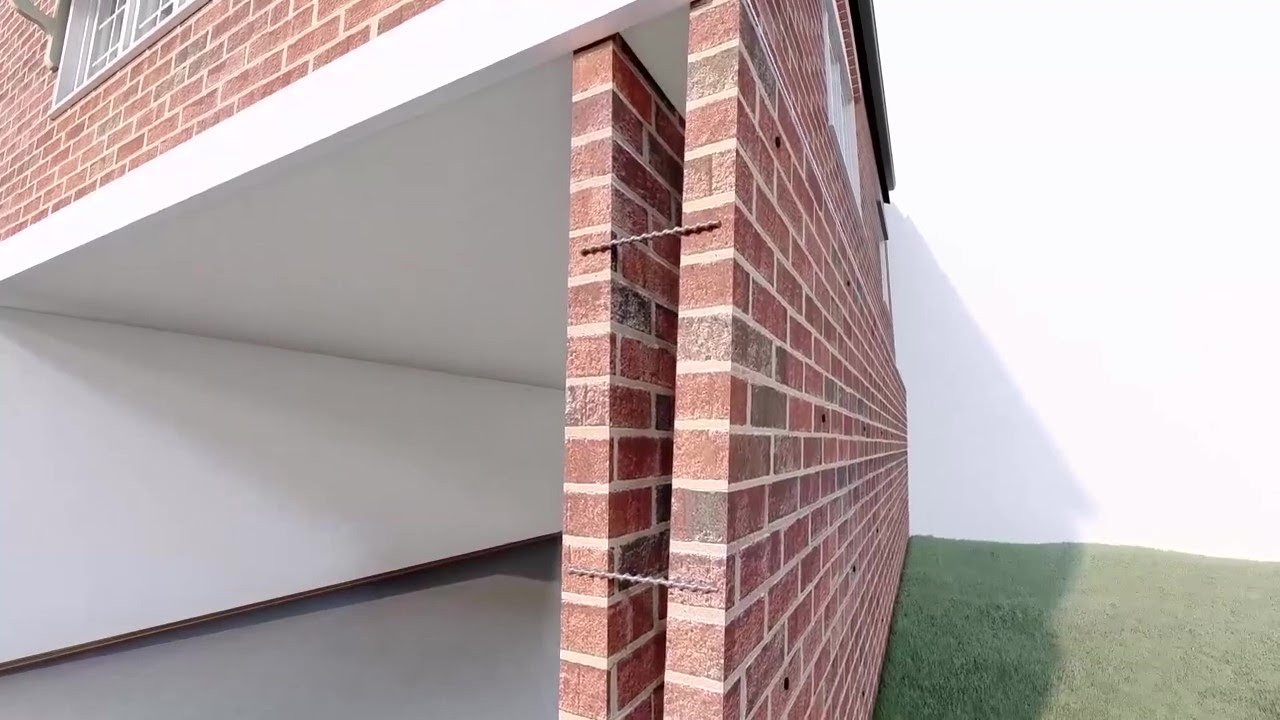
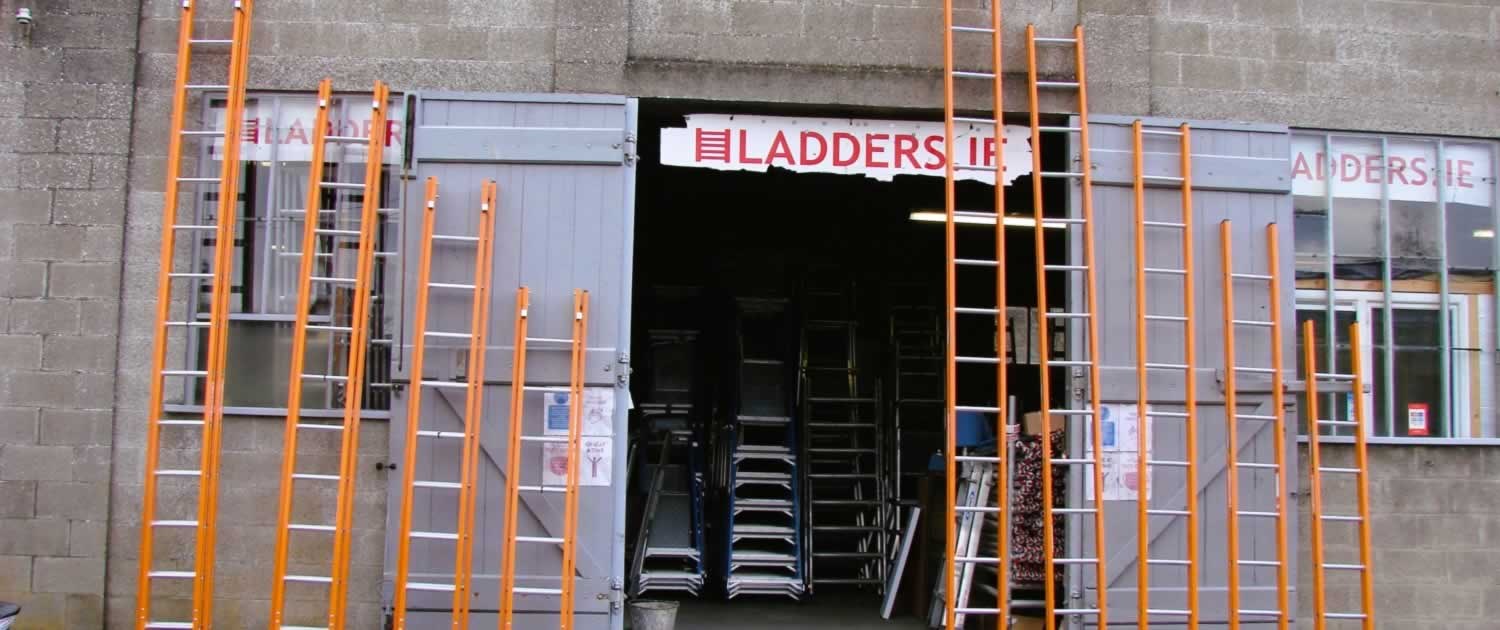


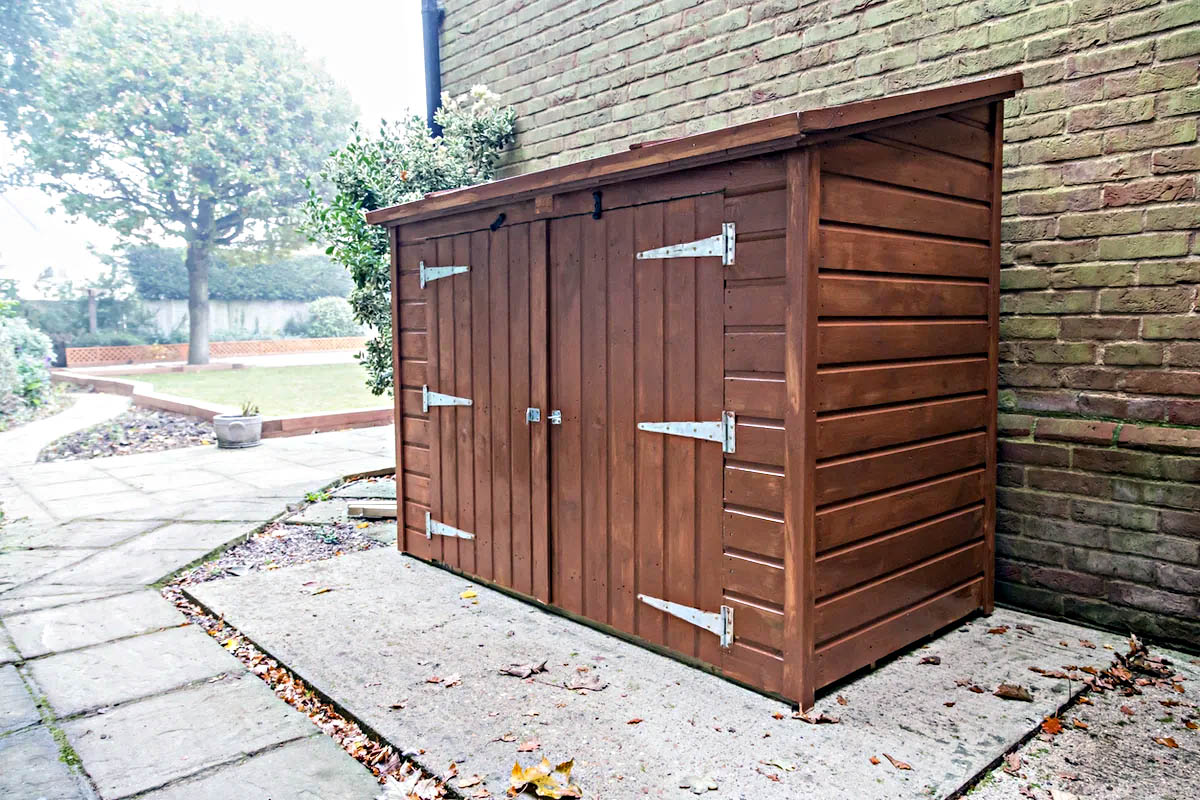
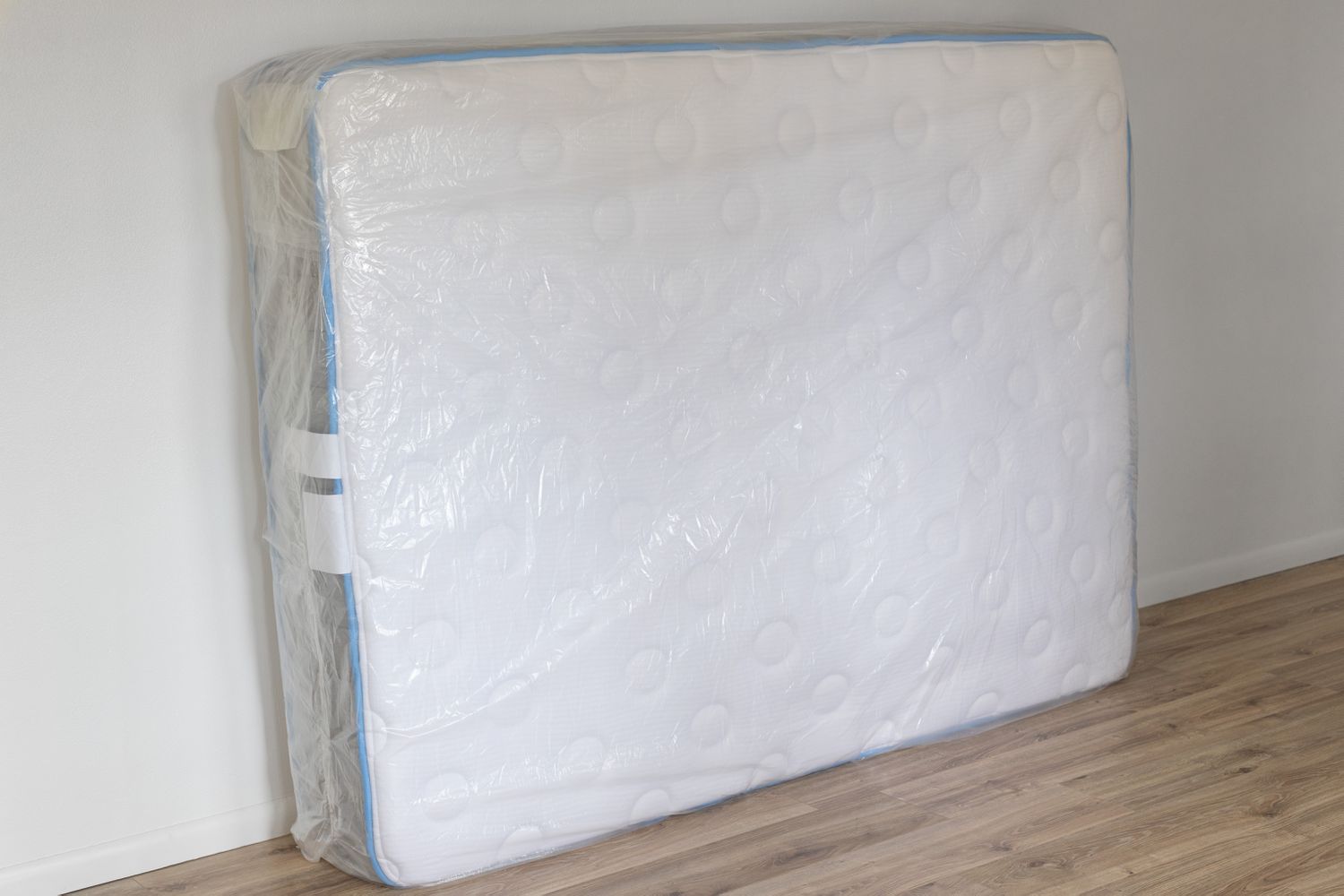
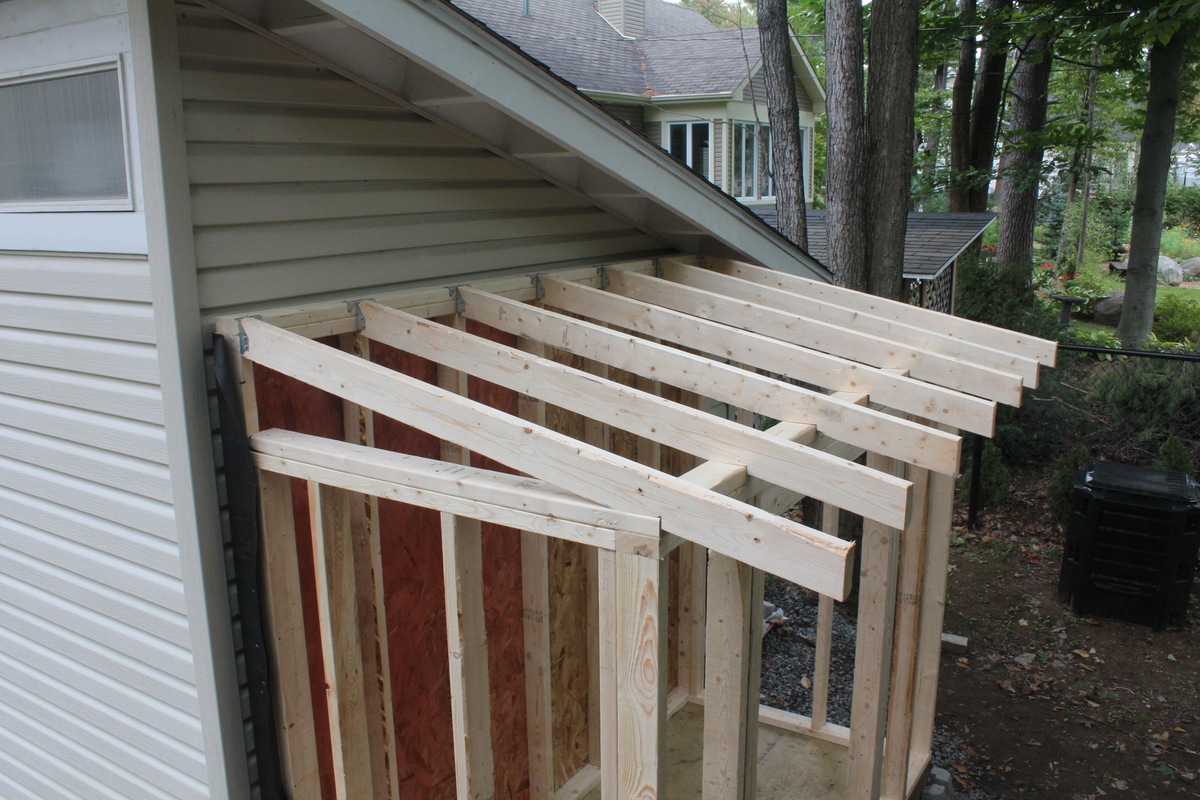
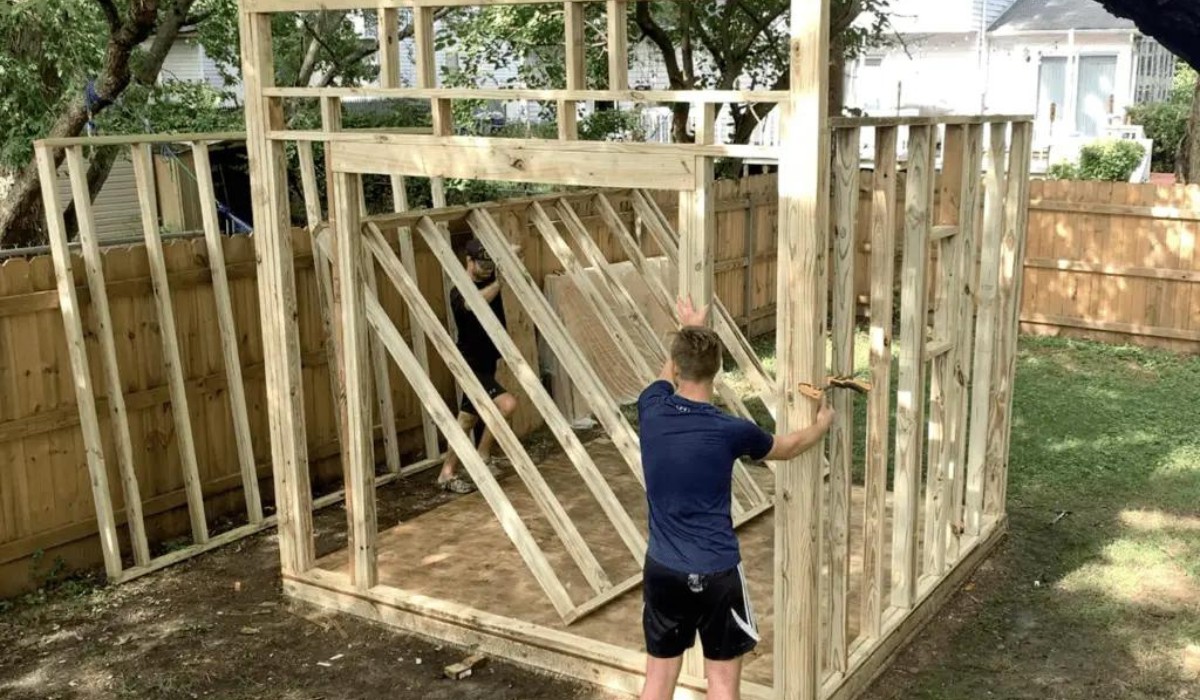

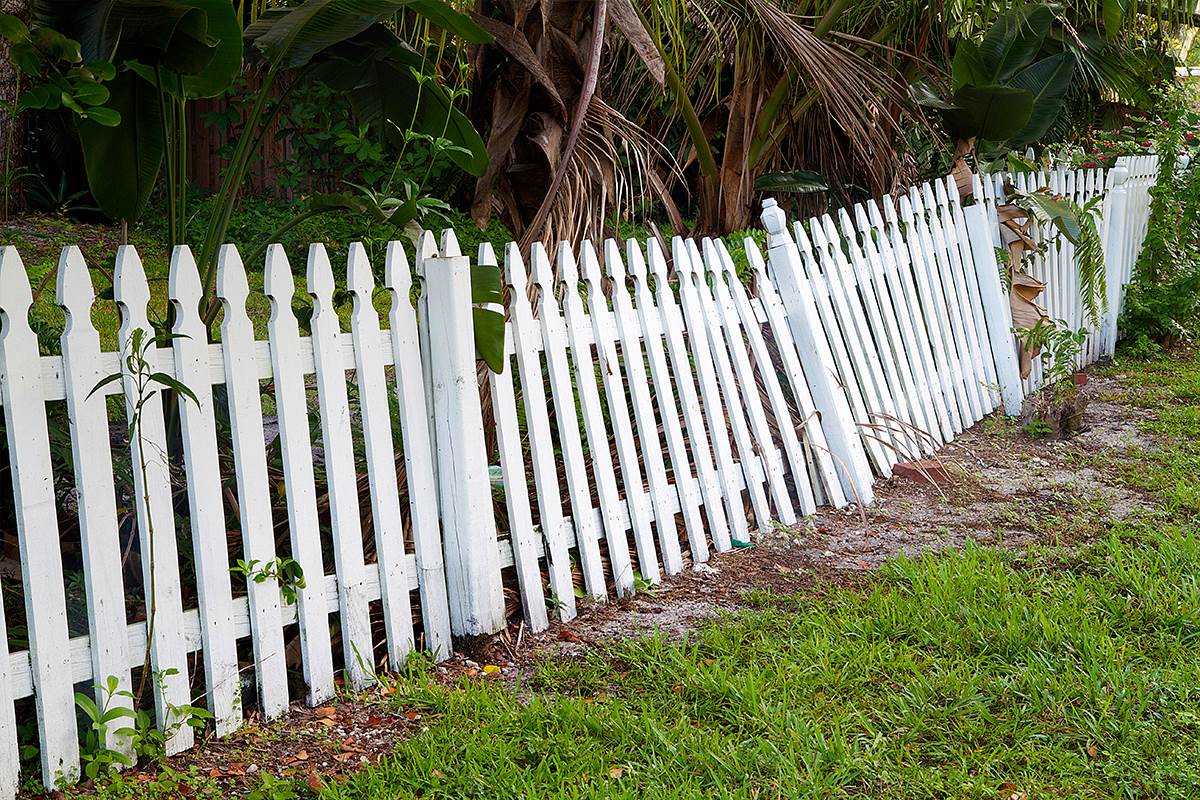
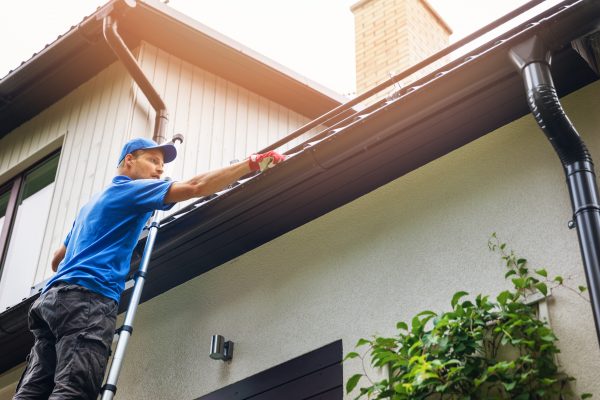

0 thoughts on “How To Lean Ladder Against House”